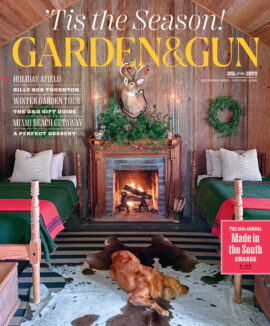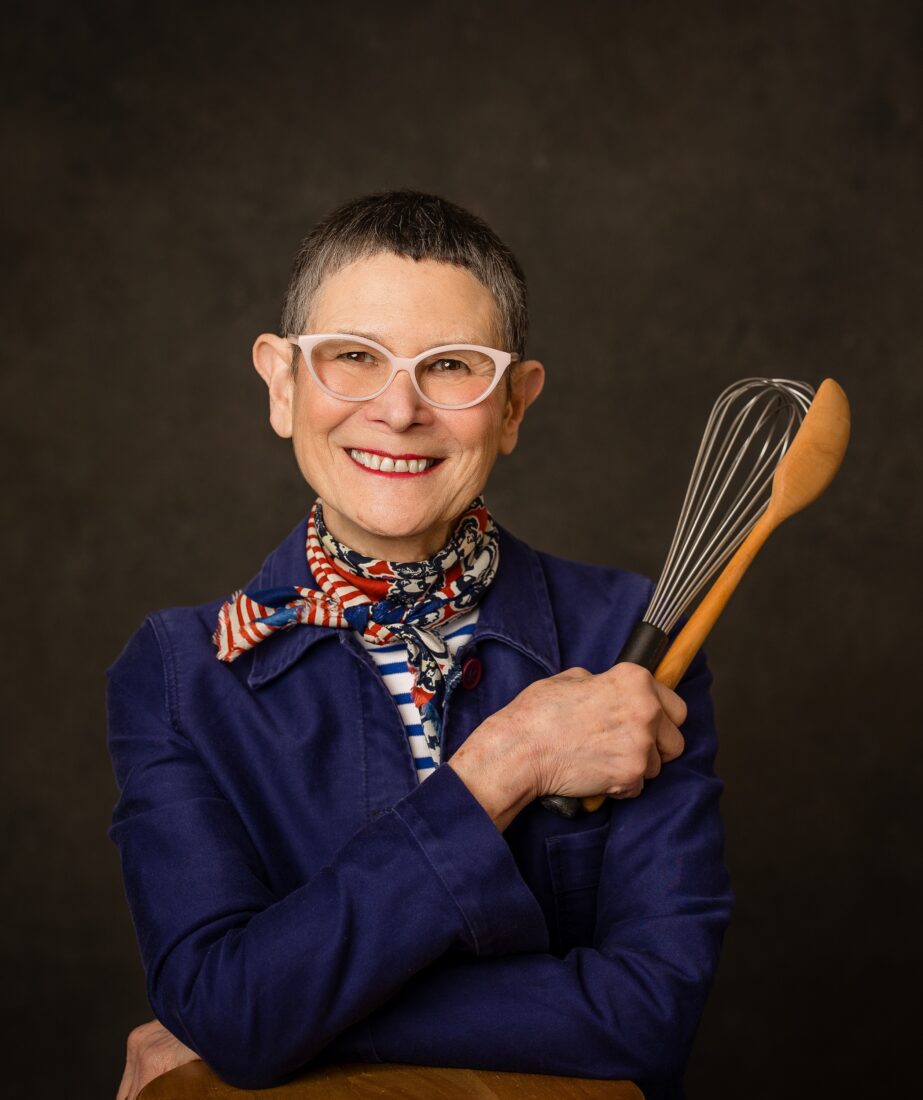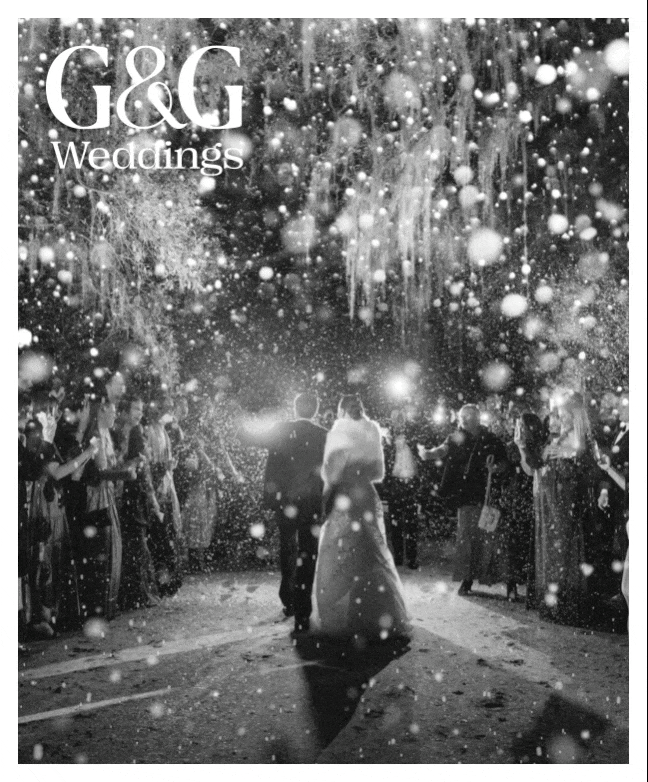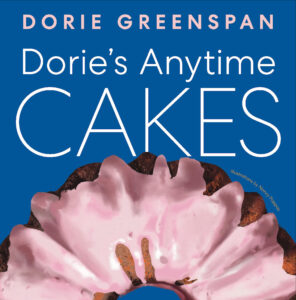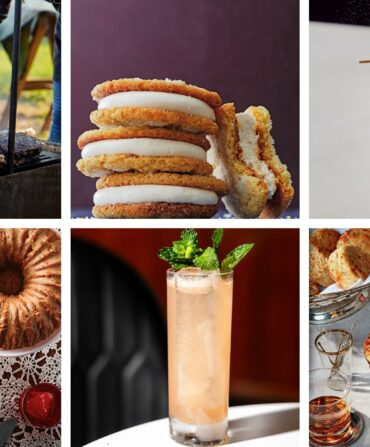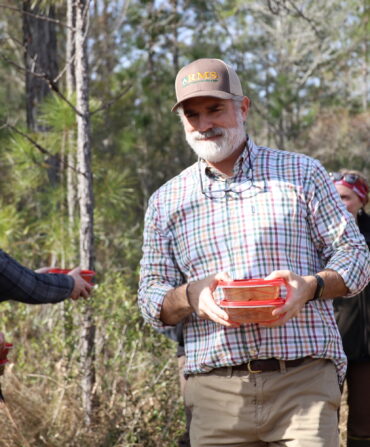For loneliness, writer’s block, or feeling stuck in general, “cake is the answer,” says Dorie Greenspan. That goes for anyone, no matter their baking prowess. Though Greenspan’s resumé lists five James Beard Awards for her food journalism and cookbooks, the deeper legacy of this godmother of the baking world is how both experienced cooks and total newbies can’t wait to try out her latest creations.
Greenspan’s new book, Dorie’s Anytime Cakes, is an approachable collection of recipes and advice that hit right in her own sweet spot: “Simple cakes for bakers of all levels, that’s where my heart is,” she says. “These aren’t high layered cakes you have to balance on a cake server and hope they don’t tip over. A lot of these cakes don’t even need a fork. You can break off a little piece, keep pouring coffee. These are cakes to sit out on the counter, cakes to keep the conversation going.” Greenspan chatted with me about this warm hug of a new cookbook from Paris, where she and her husband, Michael, live part-time.
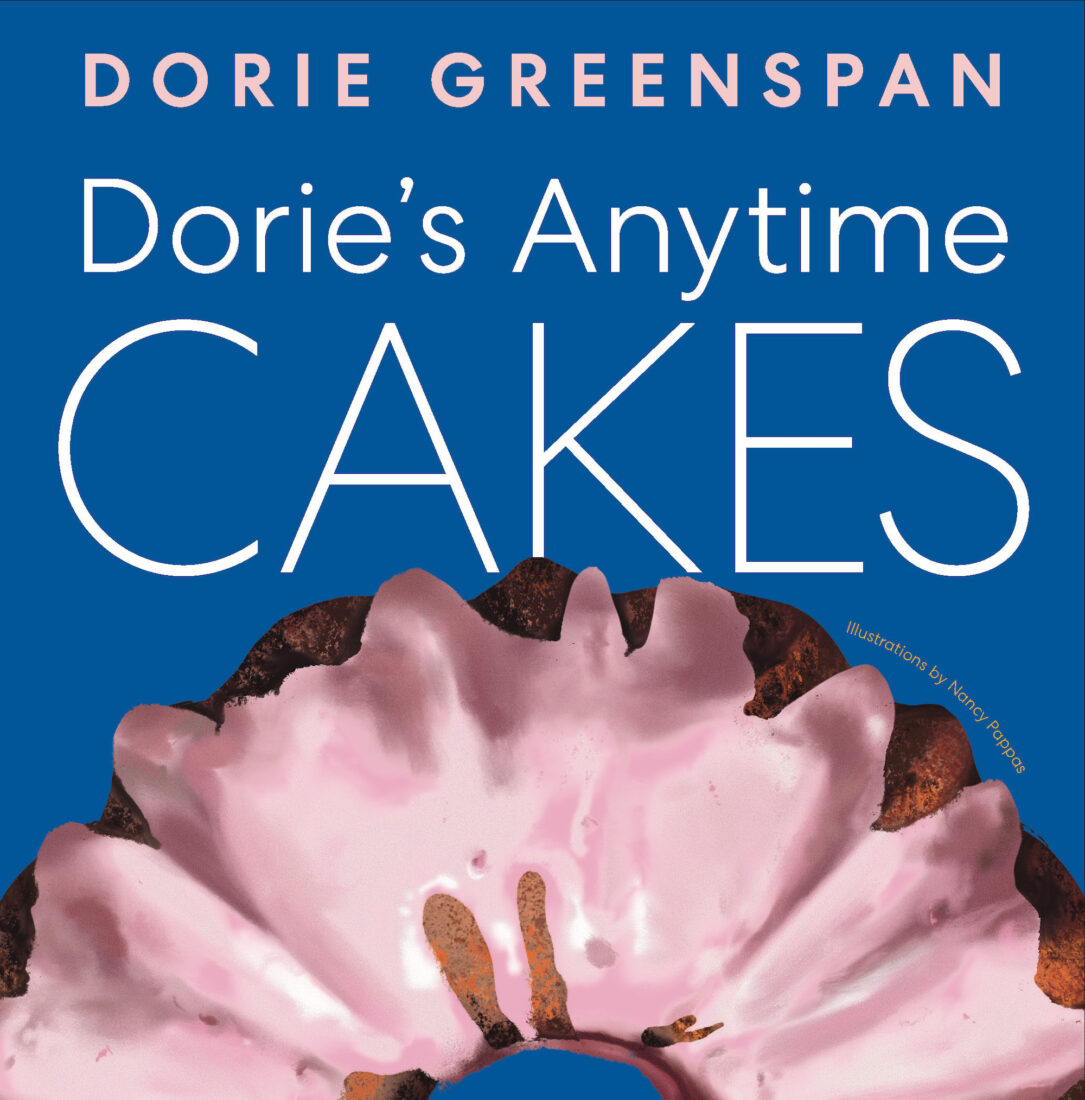
Paris! We’ve spoken before about your love of Southern food and hospitality. Have you been to Mashama Bailey’s new restaurant in the city yet?
I ran into Mashama in the spring or summer earlier this year. I was just walking, looking around and dreaming, when someone calls my name, and I turn and it’s Mashama! We hug, and even though we’d never met before, we knew of each other, and she said, ‘I knew it was you from the back, the hair, and the scarf.’ We had a great talk, and she was putting the restaurant together.
I went last week with friends and wow, it’s so exciting to have her here. I had black-eyed peas, Michael had oxtail, and it was all just great. We ordered corn bread and we heard, ‘I’m sorry there’s none left.’ I looked over to the table next to us and each person had corn bread! I was thinking, Ladies, you could share—sharing is a nice thing. But I didn’t have the nerve. I’ll be back, though—there’s no restaurant quite like this in Paris.
When you return from Paris, is there anything hospitality-wise you take back to the States?
A million things. But for some reason it seems so much easier to get together with friends in Paris than it does in New York or even Connecticut, which is really where we’re living for the most part. People seem more available and say, “Come for dinner!” And they make a plan, like, “Okay, come in two days.” Back in the States, we say, “Gee I’m booked for the next month.”
I’ve been thinking about this a lot. It’s important that people make time for their friends. Yes, we’re all working, just as people are everywhere. Maybe it won’t be come for dinner but let’s have coffee together. There’s a café on every other corner, so you don’t even have to have people over—it can just be, “Hey, I’ll meet you there,” and we’ll stay an hour. I think there are more moments in the day that we can share with friends.
Is that some of the inspiration for Dorie’s Anytime Cakes?
When I was growing up in Brooklyn, I came home from school and if my mother wasn’t working, I would see her with friends, and there would always be coffee and there would always be cake or cookies. My mother didn’t cook, but she went to three different bakeries on her shopping street—one for fresh bread, one for crumb cake that had fruit, and one for cookies. In the new book, I write about this idea of there always being cake around because there were always people around—neighbors, friends.
Your mom didn’t teach you how to bake, but she did teach you something important about welcoming people.
Yes, and I will go South with you for a minute. I must have been ten when my parents put me on a plane for the first time, all by myself, and sent me to New Orleans to visit my aunt. It was around Mardi Gras and she took me to all of her friends. Everywhere we went there were cakes on cake stands with doilies on them and I was given something sweet to eat. That stayed with me, friends always having something ready for when friends came by, and friends did come by.
What are the mechanics of always having cake on hand? When should someone be making these cakes or buying them?
You can plan it, or you can bake on a whim. You could make these at night when everyone is tucked in, the dishes are done, and the house is quiet. You can bake, turn the cake out, let it cool overnight, wrap it in the morning, or eat in the morning with coffee.
The kind of cakes I bake and that I think of as the counter cakes are really simple. They can be made without any machine—they can be something you set aside an hour on the weekend for and they’ll stay for three or four days. I’m lucky enough to work at home, and I can pop up and think, “I’m going to bake a cake,” and I often will. I find that if I’m stumped and trying to think of something in my work, I can walk or I can bake. Because I’m concentrated on something else, ideas will come. You’re thinking about the cake, measuring and watching as things transform, and you finish feeling refreshed, like you’ve really done something.
Sometimes it’s hard because you’re on a deadline and you think you’ve got to do such and such. But when you have that feeling of “No, I have to push through,” I’m telling you, no, you should be baking a cake.
I will never forget an image from a Mississippi family I interviewed years ago—their house was almost completely destroyed in a tornado and yet their pound cake was still standing on the counter in its cake stand with a lid. Talk about the power of cake on a counter!
That also shows you the power of being known for something—that woman’s family knew her for her pound cake and they knew where it would be. I used to be known for making Gougères, French cheese puffs. Maybe one of these recipes could be something someone gets known for—or just being that friend who always has a cake sitting on the counter that friends look forward to sharing. A new tradition.
There’s also just something about a cake stand that makes anything special. Everyone is using the word “elevate” these days, but hey, a cake stand really does elevate a cake. I do love cake stands, but most of the cakes in this book you could put on a simple platter or just out on a cutting board. It’s practical and it makes your friend or family think, Oh, that’s on the cutting board, I can just dig in.
Thank you for sharing some recipes with G&G readers, including Bourbon Brown Butter Cake (below) and Grandmothers’ Honey Cake. Tell us a little about those.
Many of these recipes keep well enough that you could send them for the holidays, or freeze them and keep them on hand for when you have people over. And I love to send people home with cake, to keep the memory of our time together.
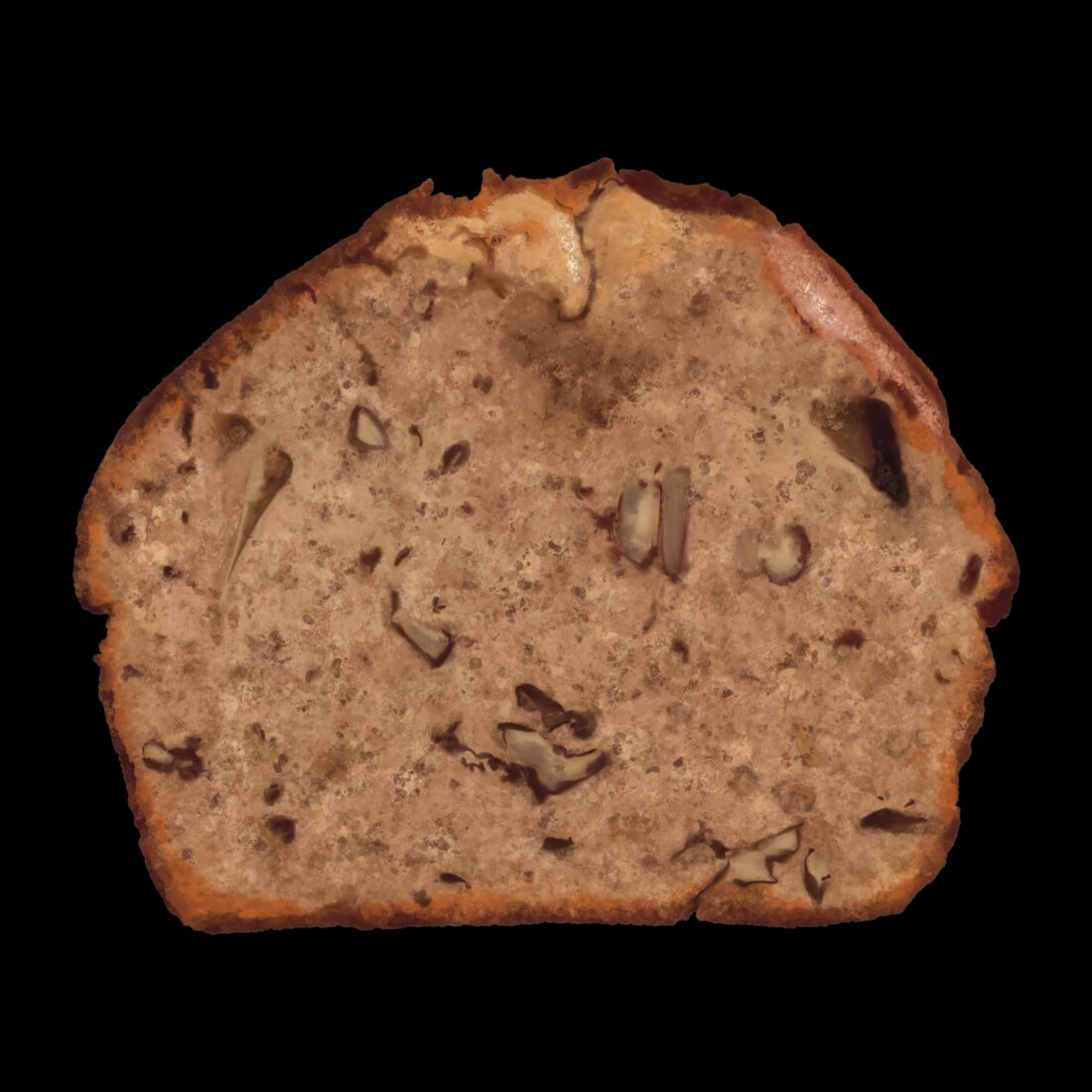
My grandmother was from Russia, and she would bring us a honey cake in Brooklyn every week. The recipe probably changed hands many times, but it’s a fairly common type of cake from Eastern Europe and Russia. It’s not a soft, moist cake. It has a rough texture, almost like bread. My mother didn’t much like the cake, but she liked the little row of almonds across the top, so the cake would come and my mother would pick all the almonds off it. I don’t think I ever saw a cake without all the little divots on it.
This recipe eluded me for years until my friend Ellen Einstein, who ran Sweet 16 Bakery in Nashville, sent me a version. I made it and it was my grandmother’s cake, all those flavors were there. I know honey is a sweetener, but I find honey has a little tang to it, almost a bittersweetness. I put sliced almonds all over, just completely covering, the top of mine.
You also shared a recipe I’m really excited to try, Baked-in-a-Skillet Gingerbread. I love any recipe in a skillet. I can’t explain it.
It just seems so homey to pull something out of the oven that’s in a skillet. It’s rustic. When you cut the pieces, you see the dark cast iron—it’s just so inviting and homey. And you get to say the word skillet. I just love the sound of it.
Find Dorie’s Anytime Cakes here, and keep scrolling for the recipe for her bourbon brown butter cake.

